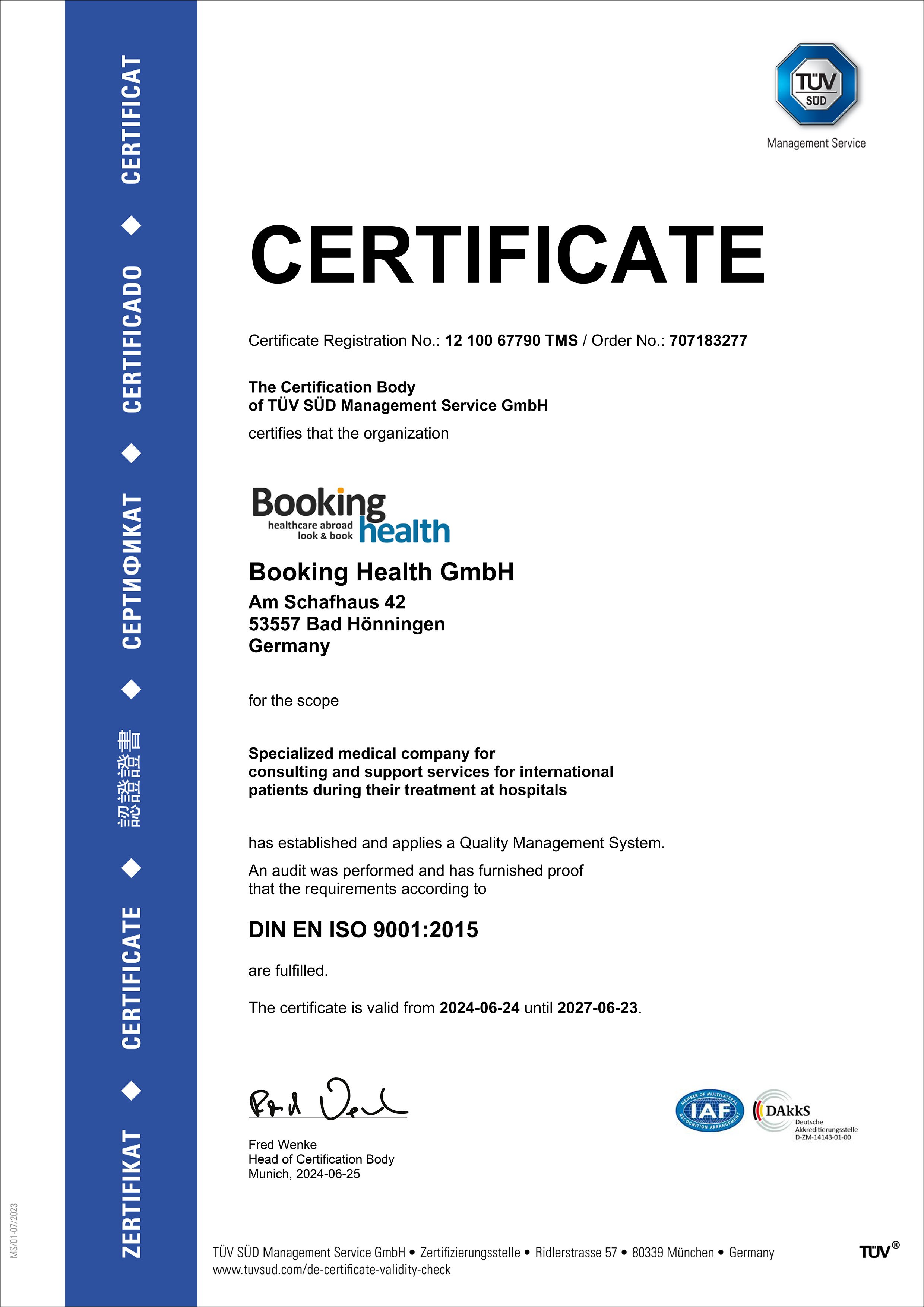Top Hospitals for Treatment of Lumbar Spinal Stenosis
Each hospital in this list meets Booking Health’s strict international standards: at least 250 surgeries per year, ISO‑certified quality management, and documented survival outcomes. Our medical board then ranks the clinics by clinical expertise, technology, and patient‑satisfaction scores.
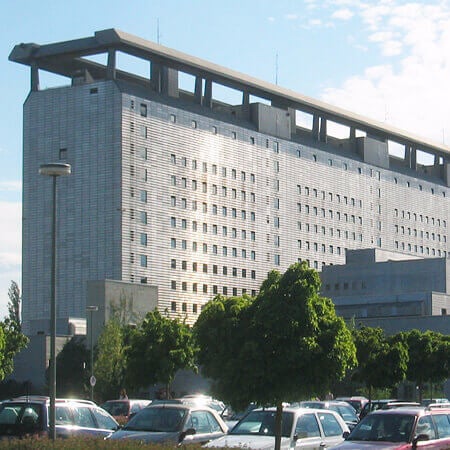
According to the Focus magazine, the University Hospital of Ludwig Maximilian University of Munich is regularly ranked among the best medical institutions in Germany! The hospital is the largest multidisciplinary medical facility, as well as a leading research and training center in Germany and Europe. The hospital is proud of i







Diagnostic tests for lumbar spinal stenosis
Price from:
0.00
Go to the program Treatment of lumbar spinal stenosis (1 segment) with decompressive laminectomy and discotomy
Price from:
12736.42
Go to the program Treatment of lumbar spinal stenosis (2-3 segments) with decompressive laminectomy and discotomy
Price from:
16974.9
Go to the program Treatment of lumbar spinal stenosis (4 segments) with decompressive laminectomy
Price from:
19027.41
Go to the program Surgical treatment of lumbar spinal stenosis in combination with instability with decompressive laminectomy and the stabilizing operation (4 segment)
Price from:
33589.93
Go to the program Treatment of lumbar spinal stenosis in combination with instability with decompressive laminectomy and the stabilizing operation (1 segment)
Price from:
27226.01
Go to the program Treatment of lumbar spinal stenosis in combination with instability with decompressive laminectomy and the stabilizing operation (2-3 segments)
Price from:
33384.26
Go to the program Treatment of lumbar spinal stenosis (1 segment) with decompressive laminectomy
Price from:
12012.92
Go to the program Treatment of lumbar spinal stenosis (4 segments) with decompressive laminectomy and discotomy
Price from:
18930.32
Go to the program 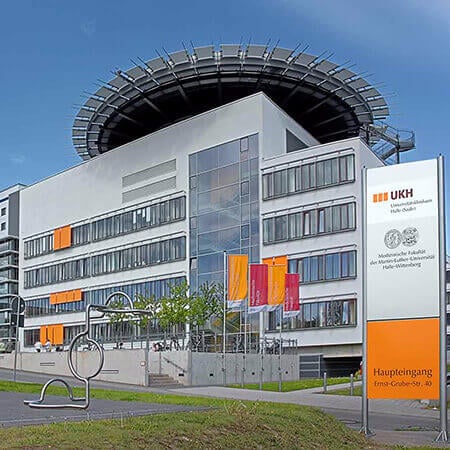
According to the prestigious Focus magazine, the University Hospital Halle (Saale) is one of the best medical institutions in Germany! The history of the hospital goes back more than 300 years, and during this time it has managed to gain an excellent reputation not only in Germany, but also throughout the world. The hospital pos



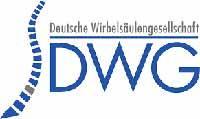





Diagnostic tests for lumbar spinal stenosis
Price from:
0.00
Go to the program Treatment of lumbar spinal stenosis (1 segment) with decompressive laminectomy and discotomy
Price from:
11668.4
Go to the program Treatment of lumbar spinal stenosis (2-3 segments) with decompressive laminectomy and discotomy
Price from:
15191.75
Go to the program Treatment of lumbar spinal stenosis (4 segments) with decompressive laminectomy
Price from:
16700.33
Go to the program Surgical treatment of lumbar spinal stenosis in combination with instability with decompressive laminectomy and the stabilizing operation (4 segment)
Price from:
29971.43
Go to the program Treatment of lumbar spinal stenosis in combination with instability with decompressive laminectomy and the stabilizing operation (1 segment)
Price from:
24209.9
Go to the program Treatment of lumbar spinal stenosis in combination with instability with decompressive laminectomy and the stabilizing operation (2-3 segments)
Price from:
30050.77
Go to the program Treatment of lumbar spinal stenosis (1 segment) with decompressive laminectomy
Price from:
12491.08
Go to the program Treatment of lumbar spinal stenosis (4 segments) with decompressive laminectomy and discotomy
Price from:
16892.43
Go to the program 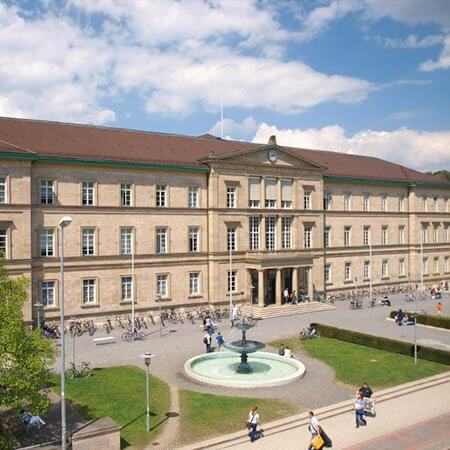
According to the prestigious medical publication Focus, the University Hospital Tuebingen ranks among the top five German hospitals! The hospital was founded in 1805, therefore it is proud of its long history, unique experience, and outstanding achievements in the field of medical care, as well as research and teaching activitie





Diagnostic tests for lumbar spinal stenosis
Price from:
0.00
Go to the program Treatment of lumbar spinal stenosis (1 segment) with decompressive laminectomy and discotomy
Price from:
12111.06
Go to the program Treatment of lumbar spinal stenosis (2-3 segments) with decompressive laminectomy and discotomy
Price from:
16238.88
Go to the program Treatment of lumbar spinal stenosis (4 segments) with decompressive laminectomy
Price from:
17875.88
Go to the program Surgical treatment of lumbar spinal stenosis in combination with instability with decompressive laminectomy and the stabilizing operation (4 segment)
Price from:
31619.9
Go to the program Treatment of lumbar spinal stenosis in combination with instability with decompressive laminectomy and the stabilizing operation (1 segment)
Price from:
25625.56
Go to the program Treatment of lumbar spinal stenosis in combination with instability with decompressive laminectomy and the stabilizing operation (2-3 segments)
Price from:
32019.76
Go to the program Treatment of lumbar spinal stenosis (1 segment) with decompressive laminectomy
Price from:
13092.42
Go to the program Treatment of lumbar spinal stenosis (4 segments) with decompressive laminectomy and discotomy
Price from:
17530.31
Go to the program 

